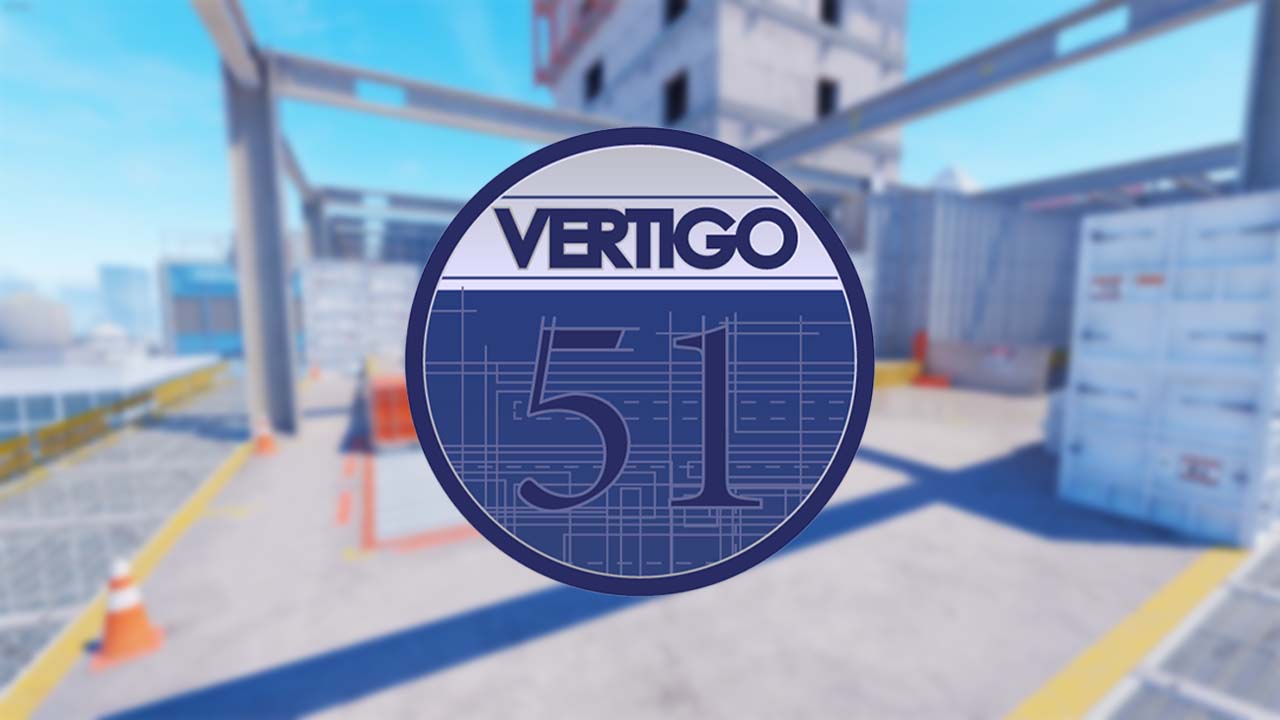Insightful Updates
Stay informed with the latest news and trends.
Vertigo Secrets: Elevate Your CS2 Game with Unseen Tactics
Unlock hidden strategies in CS2! Discover vertigo secrets that will skyrocket your game and leave your opponents in awe.
Mastering Movement: Unconventional Techniques to Outsmart Opponents in CS2
In the competitive world of CS2, mastering movement is crucial to outsmarting your opponents. While traditional techniques like strafing and crouch jumping are essential, employing unconventional techniques can give you the edge you need. Techniques such as the "Bunny Hop" allow you to maintain momentum while making it harder for enemies to hit you. Additionally, utilizing the Counter-Strike Scout Glide method can drastically improve your mobility, enabling you to traverse maps with surprising agility. Remember, the key to effective movement lies in practice and adaptation; regularly incorporate these methods into your gameplay to see tangible improvements.
To further elevate your movement skills, consider incorporating these tips into your training routine:
- Master Wall Jumps: Use walls and vertical surfaces to gain height and confuse opponents.
- Utilize Off-Angle Positioning: Move unpredictably to throw off enemy aim.
- Combine Movements: Blend jumping with strafing to maximize speed while dodging fire.

Counter-Strike is a popular first-person shooter game that pits teams against each other in objective-based gameplay. Players can acquire various in-game items, including skins and cases such as the Operation Riptide Case, which feature a range of unique weapon skins. The game emphasizes teamwork, strategy, and skill, making it a favorite among competitive gamers.
Understanding Game Mechanics: How Vertigo Influences Your Playstyle
Understanding game mechanics is crucial for any player wanting to optimize their playstyle. One aspect that significantly affects this is vertigo, a sensation of dizziness or disorientation often experienced in immersive gaming environments. Vertigo can alter your perception of space and depth, demanding adjustments in how you navigate the game world. For example, when a game involves climbing heights or fast-paced movements, players might find themselves hesitating or struggling due to the overwhelming sensation of vertigo. This physiological response can lead to cautious playstyles, where players prioritize stability and slower maneuvers to counteract feelings of dizziness.
Moreover, vertigo can influence the decision-making process during critical gameplay moments. Players may inadvertently avoid certain actions that could heighten their vertigo, such as jumping off ledges or engaging in fast-paced combat, leading to a more defensive style. To adapt to these challenges, players can explore various techniques to manage their symptoms, such as adjusting camera angles or using specific control settings that minimize dizziness. In conclusion, recognizing how vertigo impacts your playstyle allows for better strategic planning, ultimately enhancing your overall gameplay experience and will enable you to tackle challenges with more confidence.
Top 5 Hidden Strategies to Gain the Upper Hand on Vertigo
Experiencing vertigo can be disorienting and debilitating, but there are hidden strategies that can help you regain control. One effective approach is to incorporate vestibular rehabilitation exercises into your daily routine. These exercises are designed to improve balance and reduce dizziness by adapting the brain to the causes of vertigo. Consider trying simple maneuvers such as the Epley maneuver or Brandt-Daroff exercises, which can be performed at home and have shown positive results for many individuals struggling with vertigo.
Another powerful strategy is to keep a dizziness diary. By tracking your vertigo episodes, you can identify potential triggers and patterns, which can lead to more effective management strategies. Documenting factors like your diet, stress levels, and daily activities allows you to pinpoint what exacerbates your symptoms. Furthermore, consult with a healthcare professional to develop a tailored treatment plan based on your findings. Consider these tactics as stepping stones toward achieving a more stable and enjoyable life without the interference of vertigo.